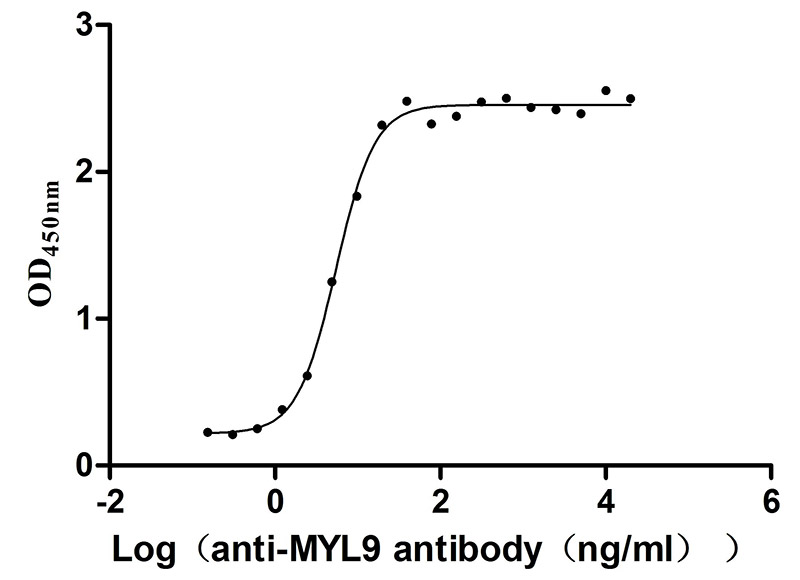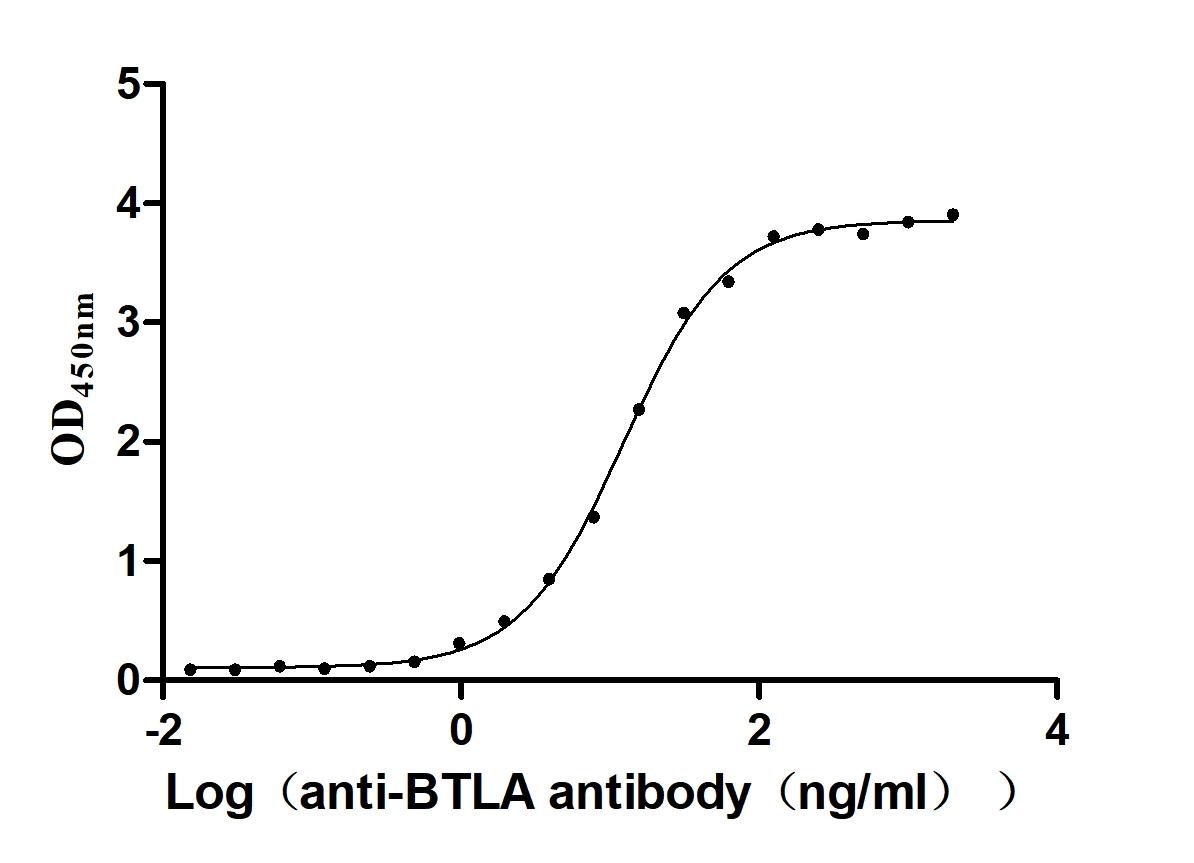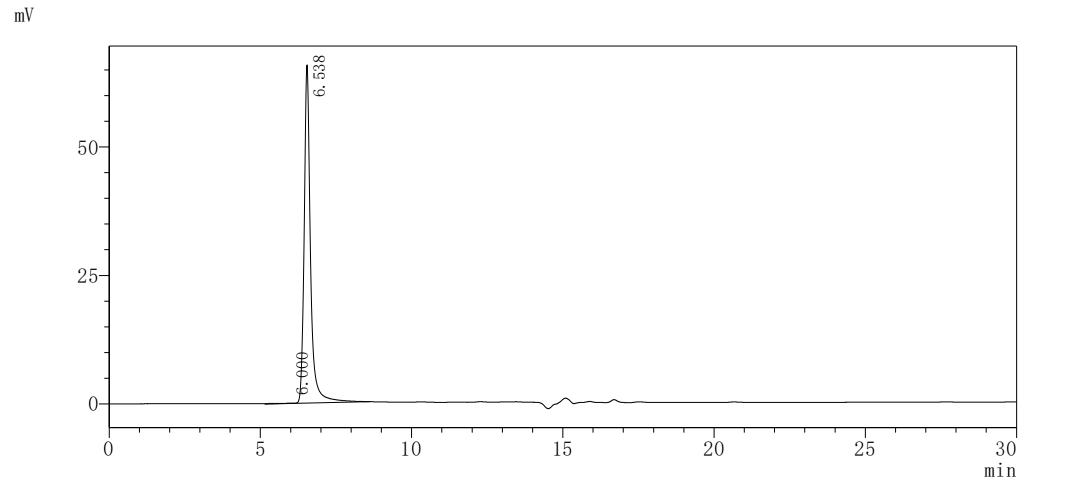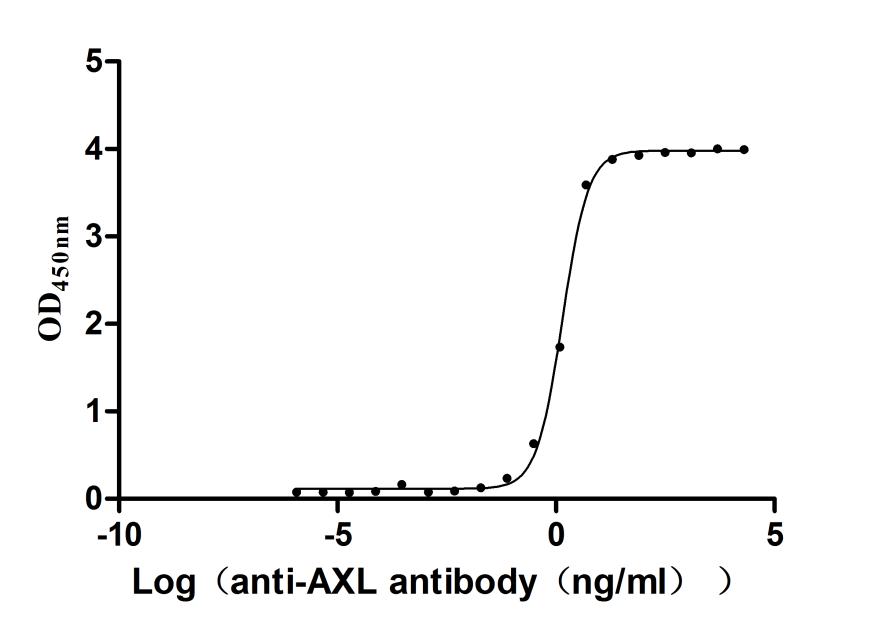Recombinant Mouse Protein PML (Pml), partial
In Stock-
中文名称:小鼠Pml重组蛋白
-
货号:CSB-EP730674MO
-
规格:¥2328
-
图片:
-
其他:
产品详情
-
纯度:Greater than 85% as determined by SDS-PAGE.
-
基因名:
-
Uniprot No.:
-
别名:Protein PML
-
种属:Mus musculus (Mouse)
-
蛋白长度:Partial
-
来源:E.coli
-
分子量:28.1 kDa
-
表达区域:60-243aa
-
氨基酸序列LRCPSCQAQAKCPKLLPCLHTLCSGCLEAPGLQCPICKAPGQADANGEALDNVFFESLQRRLAVFRQIVDAQAACTRCKGLADFWCFECEQLICSKCFEAHQWYLKHEARPLADLRDNSVSSFLDSTRKSNIFCSNTNHRNPALTDIYCRGCAKPLCCTCALLDRNHSHLHCDIGEEIQQWHEE
Note: The complete sequence including tag sequence, target protein sequence and linker sequence could be provided upon request. -
蛋白标签:N-terminal 10xHis-tagged and C-terminal Myc-tagged
-
产品提供形式:Liquid or Lyophilized powder
Note: We will preferentially ship the format that we have in stock, however, if you have any special requirement for the format, please remark your requirement when placing the order, we will prepare according to your demand. -
缓冲液:If the delivery form is liquid, the default storage buffer is Tris/PBS-based buffer, 5%-50% glycerol. If the delivery form is lyophilized powder, the buffer before lyophilization is Tris/PBS-based buffer, 6% Trehalose.
-
复溶:We recommend that this vial be briefly centrifuged prior to opening to bring the contents to the bottom. Please reconstitute protein in deionized sterile water to a concentration of 0.1-1.0 mg/mL.We recommend to add 5-50% of glycerol (final concentration) and aliquot for long-term storage at -20°C/-80°C. Our default final concentration of glycerol is 50%. Customers could use it as reference.
-
储存条件:Store at -20°C/-80°C upon receipt, aliquoting is necessary for mutiple use. Avoid repeated freeze-thaw cycles.
-
保质期:The shelf life is related to many factors, storage state, buffer ingredients, storage temperature and the stability of the protein itself.
Generally, the shelf life of liquid form is 6 months at -20°C/-80°C. The shelf life of lyophilized form is 12 months at -20°C/-80°C. -
货期:3-7 business days
-
注意事项:Repeated freezing and thawing is not recommended. Store working aliquots at 4°C for up to one week.
-
Datasheet & COA:Please contact us to get it.
相关产品
靶点详情
-
功能:Functions via its association with PML-nuclear bodies (PML-NBs) in a wide range of important cellular processes, including tumor suppression, transcriptional regulation, apoptosis, senescence, DNA damage response, and viral defense mechanisms. Acts as the scaffold of PML-NBs allowing other proteins to shuttle in and out, a process which is regulated by SUMO-mediated modifications and interactions. Positively regulates p53/TP53 by acting at different levels (by promoting its acetylation and phosphorylation and by inhibiting its MDM2-dependent degradation). Regulates phosphorylation of ITPR3 and plays a role in the regulation of calcium homeostasis at the endoplasmic reticulum. Regulates RB1 phosphorylation and activity. Acts as both a negative regulator of PPARGC1A acetylation and a potent activator of PPAR signaling and fatty acid oxidation. Regulates translation of HIF1A by sequestering MTOR, and thereby plays a role in neoangiogenesis and tumor vascularization. Regulates PER2 nuclear localization and circadian function. Cytoplasmic PML is involved in the regulation of the TGF-beta signaling pathway. Required for normal development of the brain cortex during embryogenesis. Plays a role in granulopoiesis or monopoiesis of myeloid progenitor cells. May play a role regulating stem and progenitor cell fate in tissues as diverse as blood, brain and breast. Shows antiviral activity towards lymphocytic choriomeningitis virus (LCMV) and the vesicular stomatitis virus (VSV).
-
基因功能参考文献:
- Promyelocytic leukemia protein Pml -/- cells showed a higher proliferation rate, compared to Pml +/+ cells. PMID: 29302031
- PML protein organizes heterochromatin domains where it regulates histone H3.3 deposition by ATRX and DAXX. PMID: 28341773
- data support a model in which activation of myogenic differentiation results in PML NB loss, chromatin reorganization and DAXX relocalization, and provides a paradigm for understanding the consequence of PML loss in other cellular contexts, such as during cancer development and progression PMID: 28358373
- a regulatory role of ZNF451-1 in fine-tuning physiological PML levels PMID: 27343429
- PML loss promotes tumor development, providing a growth advantage to tumor cells that use autophagy as a cell survival strategy during stress conditions. PMID: 27545895
- The data demonstrate a dual role of PML in protection and recovery after brain injury. PMID: 27468695
- This study designates PML protein and PML-NBs to be major cellular components involved in the control of Herpes simplex virus 1 (HSV-1) latency, probably during the entire life of an individual. PMID: 27618691
- Study found that Promyelocytic leukemia protein (PML) is broadly expressed across the gray matter, with the highest levels in the cerebral and cerebellar cortices. PML bodies are broadly involved in activity-dependent nuclear phenomena in adult neurons PMID: 25956166
- These findings suggest that the UBC9/PML/RNF4 axis plays a critical role as an important SUMO pathway in cardiac fibrosis. Modulating the protein levels of the pathway provides an attractive therapeutic target for the treatment of cardiac fibrosis and heart failure. PMID: 28143738
- PML contributes to the intrinsic restriction of HIV-1 infections in a cell type-dependent manner. PMID: 26703718
- both the PML-RARA-driven competitive transplantation advantage and development of acute promyelocytic leukemia (APL) required DNMT3A PMID: 26595813
- PML IV enhances global SUMO-1 conjugation, particularly that of p53, resulting in p53 stabilization and activation. PMID: 26578773
- our findings challenge the predominant model in the field and we propose that PML/RARA initiates leukemia by subtly shifting cell fate decisions within the promyelocyte compartment. PMID: 26088929
- DNA-binding-defective PML/RARA mutants could not repress the transcription of retinoic acid regulated genes. PMID: 25119106
- pRB can interact with PML specifically during senescence, suggesting that signaling events in senescence regulate assembly of PML and pRB to establish heterochromatin and create a permanent cell cycle arrest. PMID: 24351540
- Data suggest that acute promyelocytic leukemia (APL) differentiation is a default program triggered by clearance of promyelocytic leukemia-retinoic acid receptor alpha fusion oncoprotein PML/RARA-bound promoters. PMID: 25258343
- Our results add PML/TRIM19 to the growing list of TRIM proteins implicated in both intrinsic and innate immunity. PMID: 24586174
- Oxidized PML spherical meshes recruit UBC9 and enhances PML sumoylation. PMID: 24637324
- ORF61 encoded the viral ribonucleotide reductase large subunit is a second PML-modifying protein. PMID: 24371073
- Activation of a promyelocytic leukemia-tumor protein 53 axis underlies acute promyelocytic leukemia cure. PMID: 24412926
- Promyelocytic leukemia protein is a cell-intrinsic factor to inhibit parvovirus DNA replication. PMID: 24198403
- PML and CycG2 mutually influence each other's functions following ionizing radiation. PMID: 23656780
- Loss of PML gene from male mutant p53 mice resulted in reduced survival, associated with a high prevalence of soft tissue sarcomas; suggesting that in males, cooperation between these pathways drove a more aggressive disease. PMID: 23656786
- Data indicate a role of promyelocytic leukemia protein (PML) in the regulation of metabolism and energy balance. PMID: 23986437
- PML-RARalpha co-operates with Sox4 in acute myeloid leukemia development in mice. PMID: 23144197
- role of PML in regulating cell adhesion, morphology, proliferation and migration PMID: 23555679
- PML deficiency facilitates genomic instability and promotes HBsAg-related hepatocarcinogenesis, which also involves androgen and lipid metabolism. PMID: 23620081
- PML protein and p53 reciprocally positively regulated each other during CPT-induced DNA damage, both of which were dependent on presenilin. PMID: 23306558
- PML knockout mice present impaired cognitive function and reduced anxiety-related behavior. PMID: 23279884
- These data are consistent with a model in which murine gammaherpesvirus 68 ORF75c could mediate direct ubiquitination of PML resulting in its degradation by the proteasome. PMID: 23541081
- Tumor suppressor promyelocytic leukemia protein selectively activates NLRP3 inflammasome. PMID: 23430110
- a unique role for PML in mTOR and EGFR inhibitor resistance and provide a strong rationale for a combination therapeutic strategy to overcome it. PMID: 23440206
- the tumor suppressor PML acts as an important barrier in liver carcinogenesis and HCV-dependent liver pathology PMID: 22984515
- SUMO interacting motif is dispensable for PML SUMOylation and interaction with RNF4 but is required for efficient PML ubiquitination, recruitment of proteasome components within NBs and proteasome-dependent degradation of PML in response to AsO PMID: 23028697
- PML protein interacts with Moloney murine leukemia virus integrase and reverse transcriptase during Moloney murine leukemia virus infection. PMID: 22685230
- Contribution of the C-terminal regions of promyelocytic leukemia protein (PML) isoforms II and V to PML nuclear body formation. PMID: 22773875
- A PML-PPAR-delta pathway for fatty acid oxidation regulates hematopoietic stem cell maintenance. PMID: 22902876
- PML and TBX2 act in an autoregulatory loop to control the effective execution of the senescence program. PMID: 22002537
- a model in which Pin1 promotes PML degradation in an ERK2-dependent manner. PMID: 22033920
- a novel functional connection between PML and the homologous recombination-mediated repair machinery PMID: 21998700
- PML may limit fat accumulation by suppressing the differentiation of preadipocytes into adipocytes. PMID: 21846906
- Setdb1 performs dual, but inseparable, functions at PML-NBs to maintain the structural integrity of PML-NBs and to control PML-NB-associated genes transcriptionally PMID: 21921037
- Neither Daxx nor PML, the main players of ND10-based immunity, are required for the block to viral gene expression in the S/G2 phase. PMID: 21832009
- study demonstrates a functional role for Pml in maintaining a specific open chromatin conformation of the Oct4 promoter region for its constant expression in stem cells PMID: 21360626
- The authors find that combined inactivation of Pml and Tsc2 results in aberrant TORC1 activity both in pre-tumoural kidneys as well as in kidney lesions. PMID: 21387562
- a key component for the differentiation of myeloid progenitor cells to macrophages PMID: 21427174
- PML functions as a positive regulator of IFNgamma signaling PMID: 21115099
- show that AXIN interacts with PML in vivo, and further that AXIN, PML and p53 form a ternary complex PMID: 21057547
- PML is induced by interferon, leading to a marked increase of expression of PML isoforms and the number of PML nuclear bodies [Review] PMID: 21198351
- expression of PML isoform PMLIV or PMLIVa, which is missing exon 5, inhibited rabies viral mRNA and protein synthesis, leading to a reduction in viral replication PMID: 20702643
显示更多
收起更多
-
亚细胞定位:Nucleus. Nucleus, nucleoplasm. Cytoplasm. Nucleus, PML body. Nucleus, nucleolus. Endoplasmic reticulum membrane; Peripheral membrane protein; Cytoplasmic side. Early endosome membrane; Peripheral membrane protein; Cytoplasmic side.
-
数据库链接:
Most popular with customers
-
Express system: Mammalian cell
Species: Homo sapiens (Human)
-
Recombinant Human Somatostatin receptor type 2 (SSTR2)-VLPs (Active)
Express system: Mammalian cell
Species: Homo sapiens (Human)
-
Recombinant Mouse Claudin-18.2 (Cldn18.2)-VLPs (Active)
Express system: Mammalian cell
Species: Mus musculus (Mouse)
-
Recombinant Human Myosin regulatory light polypeptide 9 (MYL9) (Active)
Express system: Yeast
Species: Homo sapiens (Human)
-
Recombinant Human B- and T-lymphocyte attenuator(BTLA), partial (Active)
Express system: Mammalian cell
Species: Homo sapiens (Human)
-
Recombinant Human C-C chemokine receptor type 9 (CCR9)-VLPs (Active)
Express system: Mammalian cell
Species: Homo sapiens (Human)
-
Recombinant Human Urokinase-type plasminogen activator(PLAU) (Active)
Express system: Mammalian cell
Species: Homo sapiens (Human)
-
Recombinant Human Tyrosine-protein kinase receptor UFO(AXL),partial (Active)
Express system: Mammalian cell
Species: Homo sapiens (Human)



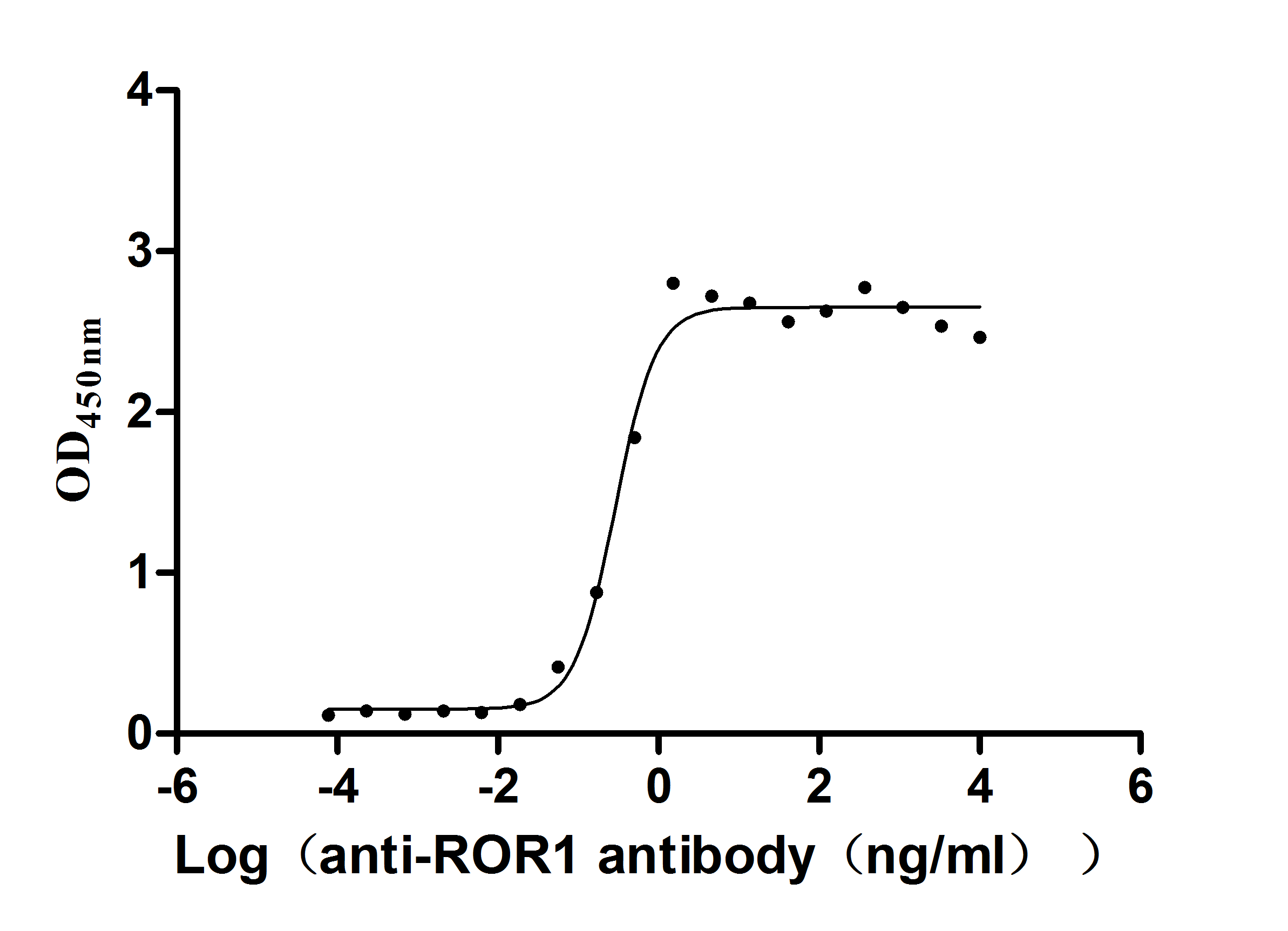
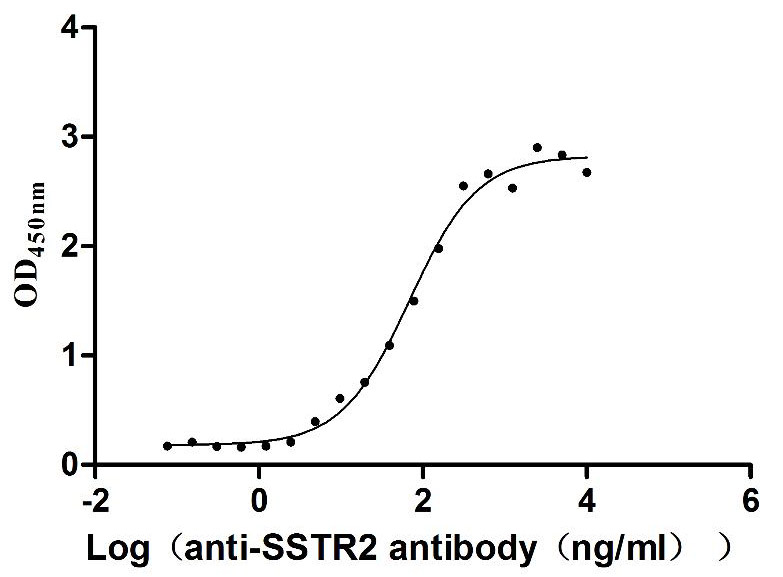
-AC1.jpg)
